The world is filled with breathtaking landscapes, but some natural wonders remain lesser known despite their extraordinary beauty.
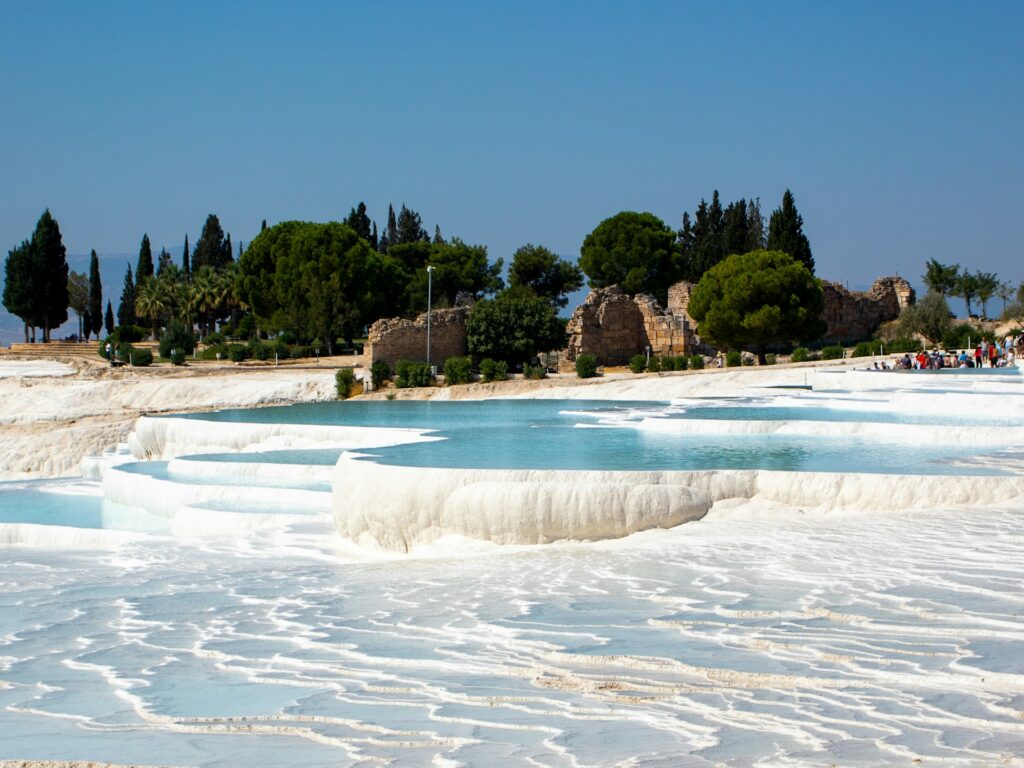
These hidden gems offer untouched environments, dramatic geological formations, and unique ecosystems that showcase nature at its finest. Whether shaped by ancient volcanic activity, glacial movements, or unusual weather patterns, these places remind us of the power and creativity of the natural world.
Pamukkale’s terraces create a surreal white landscape.
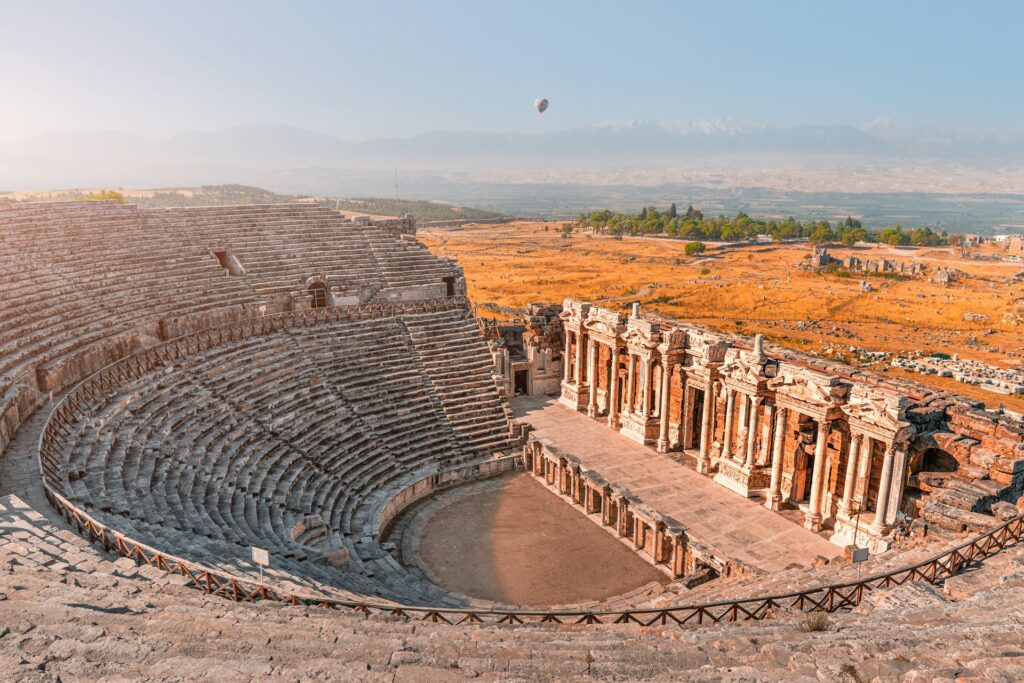
In southwestern Turkey, Pamukkale’s cascading white terraces look like frozen waterfalls, but they are actually mineral-rich travertine pools formed by hot springs. The naturally occurring calcium deposits create a dazzling effect, giving the site an otherworldly appearance.
Visitors can walk barefoot on the terraces and soak in the warm thermal waters, which have been used for their healing properties for thousands of years. The nearby ruins of Hierapolis add a historical touch to this stunning natural spa.
The Wave in Arizona looks like a painted rock canvas.
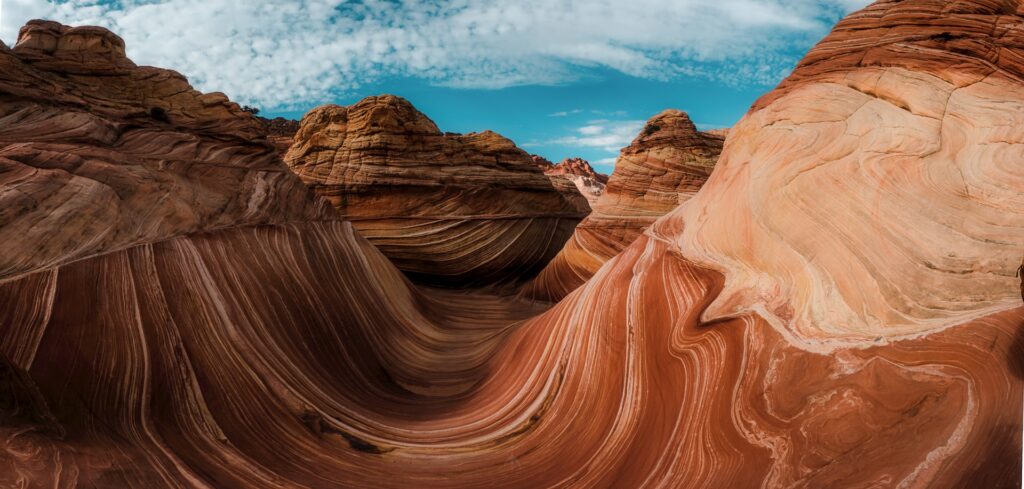
The Wave, located in the Vermilion Cliffs National Monument in Arizona, is a striking sandstone rock formation that looks like a flowing, painted surface. Over millions of years, wind and water erosion have carved undulating layers into the rock, creating a hypnotic blend of reds, oranges, and yellows.
Access to The Wave is highly restricted to preserve its delicate beauty, with only a small number of permits issued daily. Those lucky enough to visit experience one of the most unique and fragile landscapes on Earth.
Lençóis Maranhenses National Park transforms into a desert oasis.
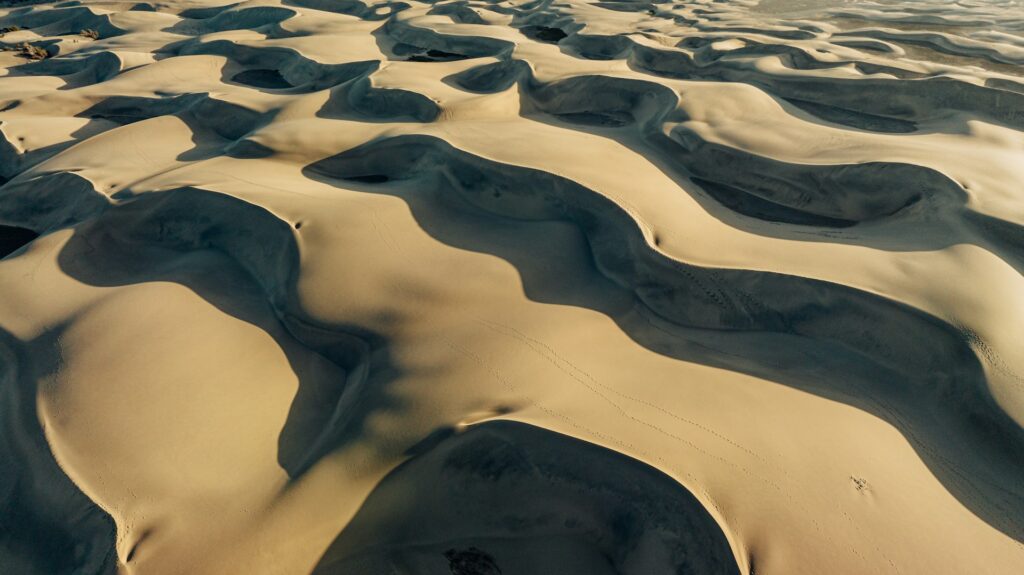
At first glance, Brazil’s Lençóis Maranhenses National Park looks like a vast, dry desert, but during the rainy season, it transforms into a mesmerising landscape of rolling white sand dunes interspersed with brilliant blue lagoons.
The fresh rainwater collects in the dips between the dunes, creating a surreal contrast between sand and water. This natural phenomenon is best experienced between June and September when the lagoons are at their fullest.
The Danakil Depression feels like an alien planet.

One of the hottest and most inhospitable places on Earth, the Danakil Depression in Ethiopia is a bizarre landscape of bubbling lava lakes, neon-green acid pools, and vast salt flats. Formed by volcanic activity and shifting tectonic plates, this region is often compared to an alien world.
Despite its extreme conditions, the Danakil Depression is home to unique microorganisms that thrive in its harsh environment. For adventurous travellers, witnessing this raw, untamed landscape is an unforgettable experience.
The Marble Caves glow with changing colours.
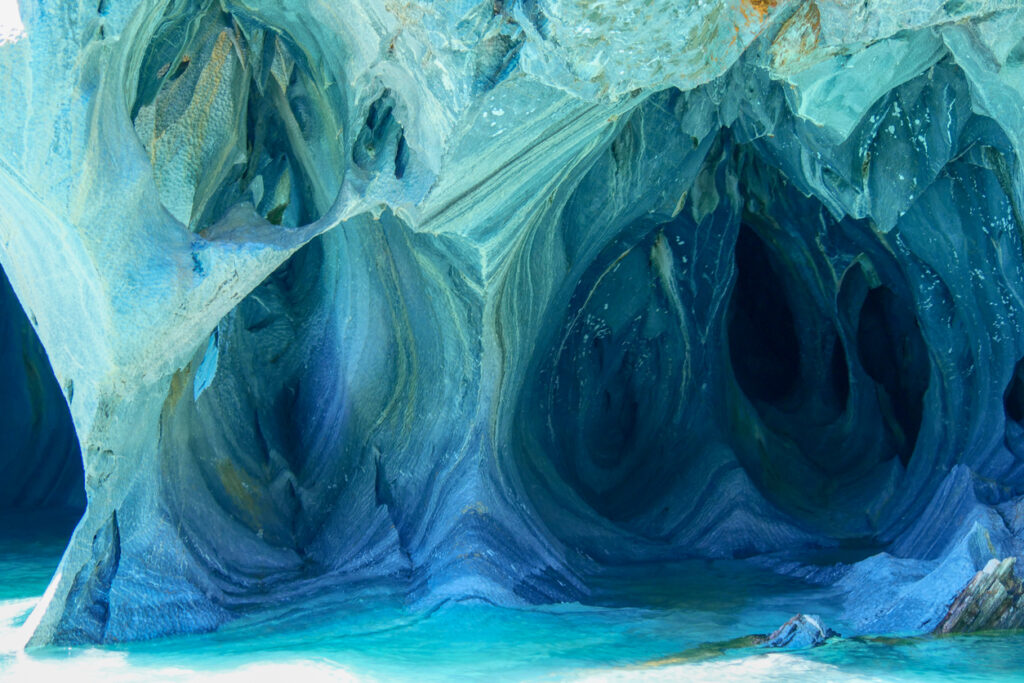
Located in Patagonia’s General Carrera Lake, the Marble Caves are a stunning network of smooth, swirling rock formations that seem to glow as the turquoise water reflects off their surfaces. Over thousands of years, the movement of the water has carved intricate tunnels and archways into the marble.
Boat tours allow visitors to explore these natural wonders up close, with the colours of the caves changing depending on the time of day and season. The effect is a breathtaking display of light, water, and stone.
The Pinnacles Desert rises from golden sands.

Western Australia’s Pinnacles Desert is home to thousands of limestone pillars that jut out from the golden sand, creating an eerie, almost lunar-like landscape. These formations, some reaching several metres in height, were created over thousands of years as limestone eroded and was sculpted by the wind.
Best visited at sunrise or sunset, the Pinnacles Desert offers dramatic shadows and a hauntingly beautiful atmosphere. The nearby Indian Ocean provides a stunning contrast to the rugged desert landscape.
The Zhangjiajie Forest pillars inspired Avatar’s floating mountains.
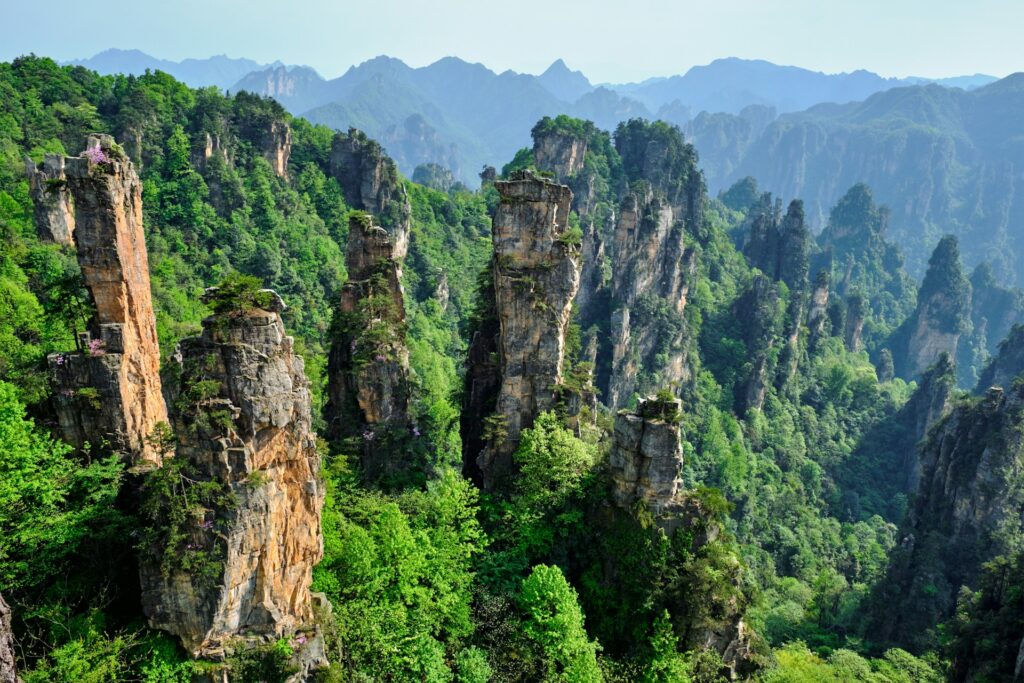
China’s Zhangjiajie National Forest Park is famous for its towering sandstone pillars, some of which rise over 1,000 metres into the misty sky. These breathtaking formations are covered in lush greenery, giving them a mystical appearance.
The park’s surreal landscape is said to have inspired the floating Hallelujah Mountains in the film Avatar. Glass walkways and cable cars provide incredible views of these natural skyscrapers, making it one of the most unique geological wonders in the world.
Socotra Island is home to dragon’s blood trees.
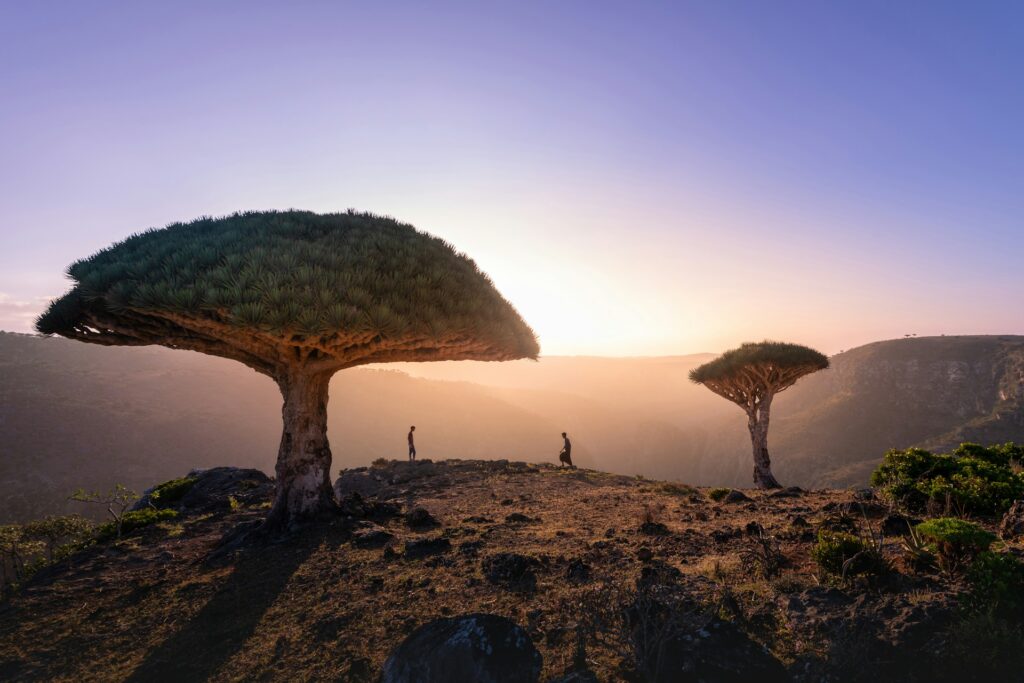
Often described as the most alien-looking place on Earth, Socotra Island, located off the coast of Yemen, is home to bizarre plant life found nowhere else. The most famous is the dragon’s blood tree, which has an umbrella-shaped canopy and red sap that was once believed to have mystical properties.
Socotra’s isolation has allowed it to develop a truly unique ecosystem, with strange-looking succulents, white sand dunes, and crystal-clear lagoons. It is one of the most untouched and ecologically rich islands in the world.
The Door to Hell is an eternal burning crater.
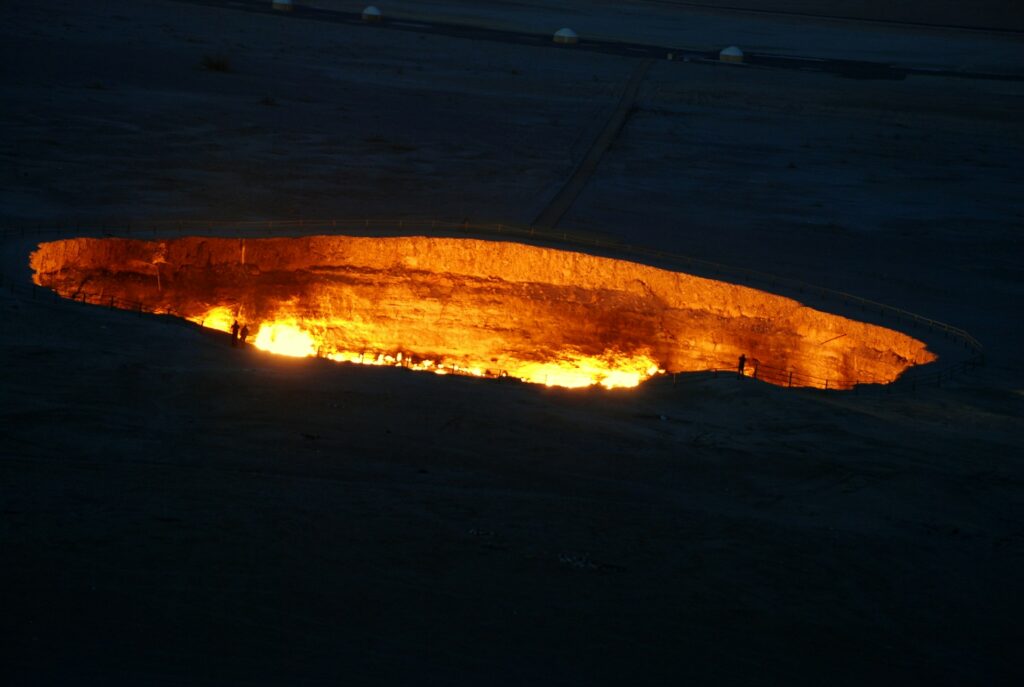
Deep in the Karakum Desert of Turkmenistan lies the Darvaza Gas Crater, commonly known as the “Door to Hell.” This fiery pit has been burning continuously for over 50 years after a drilling accident led geologists to ignite escaping methane gas.
The crater’s flames and glowing embers create a mesmerising sight, especially at night. Despite its eerie appearance, it has become an unusual tourist attraction, drawing visitors to its hellish glow in the middle of the desert.
Jökulsárlón’s floating icebergs create a dreamlike seascape.
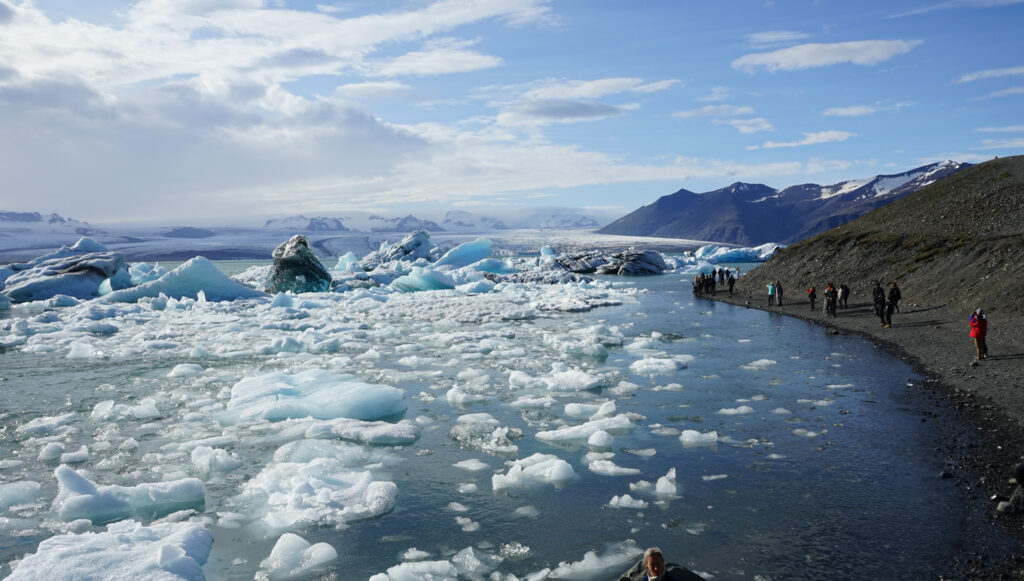
Iceland’s Jökulsárlón Glacier Lagoon is a stunning natural wonder where massive icebergs break off from a glacier and drift through crystal-clear waters before reaching the sea. The icebergs range in colour from pure white to deep blue, creating a constantly changing landscape of frozen beauty.
Seals often swim among the floating ice, adding to the magic of the scene. The nearby Diamond Beach, where ice chunks wash up onto black volcanic sand, makes this an even more striking location.
The Rainbow Mountains of Peru glow with vibrant colours.
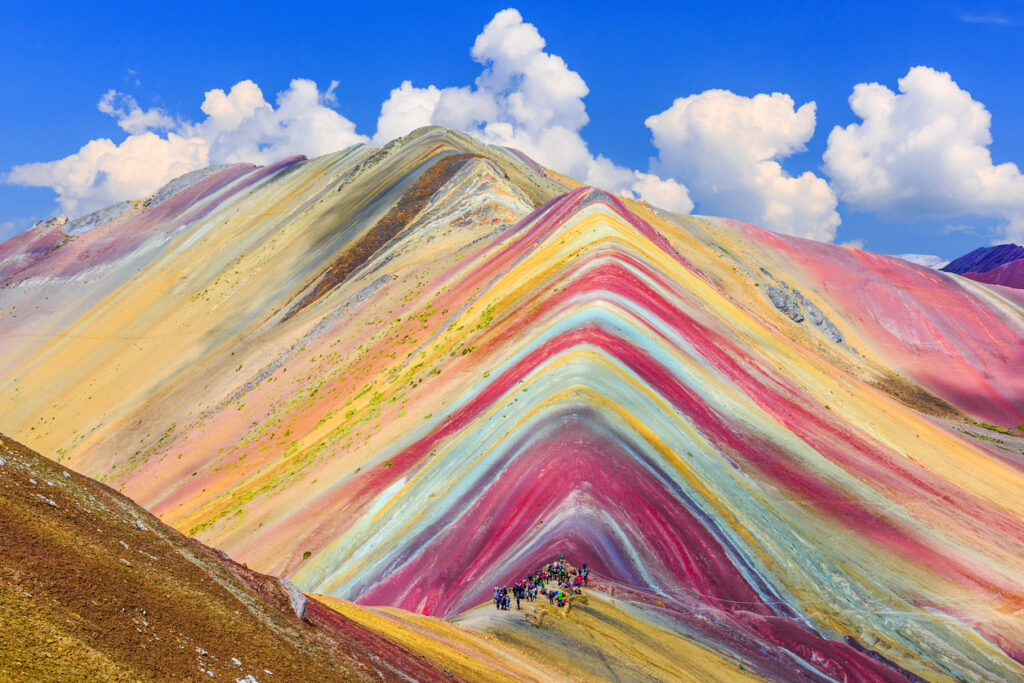
Vinicunca, also known as the Rainbow Mountain, is one of Peru’s most striking landscapes. Layers of mineral-rich sediment have created a dazzling display of colours, from deep reds to bright yellows and greens, stretching across the mountain’s surface.
Reaching the peak requires a challenging hike at high altitude, but the reward is an unforgettable view of one of nature’s most colourful masterpieces. The changing light throughout the day makes each visit a unique experience.
The Fly Geyser erupts in neon colours.
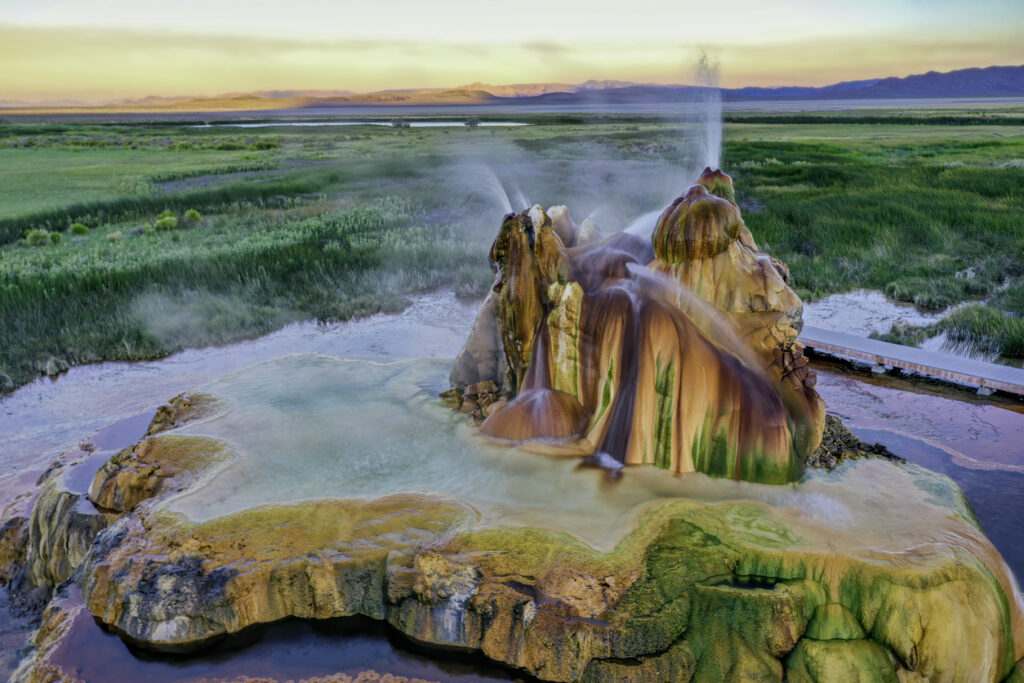
Nevada’s Fly Geyser is one of the most unusual geothermal formations in the world. Unlike most natural wonders, this geyser was accidentally created in the 1960s when geothermal drilling hit a pocket of hot water. Over time, minerals built up around the geyser’s vents, forming bizarre, cone-shaped structures covered in vibrant hues of red, green, and yellow.
Although it is located on private land, guided tours allow visitors to witness this constantly spouting, surreal-looking geyser up close. Its striking colours and unusual shape make it a hidden gem among geological wonders.
The Enchanted River glows with an otherworldly blue.
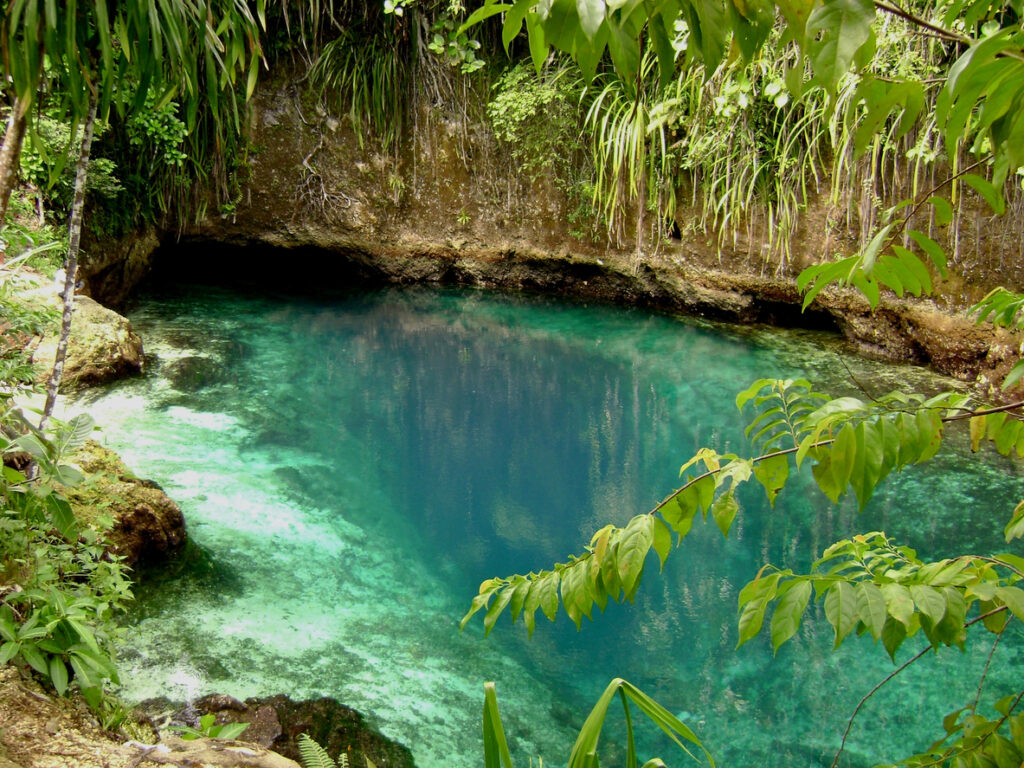
Tucked away in the Philippines, the Enchanted River in Surigao del Sur is known for its almost supernatural blue waters. The river appears to glow, thanks to its unusual depth and mineral content, making it look like something out of a fantasy novel.
Despite numerous attempts to find the river’s source, it remains a mystery, adding to its allure. Swimming in its crystal-clear waters is an unforgettable experience, but the river’s beauty is best preserved by visiting responsibly.